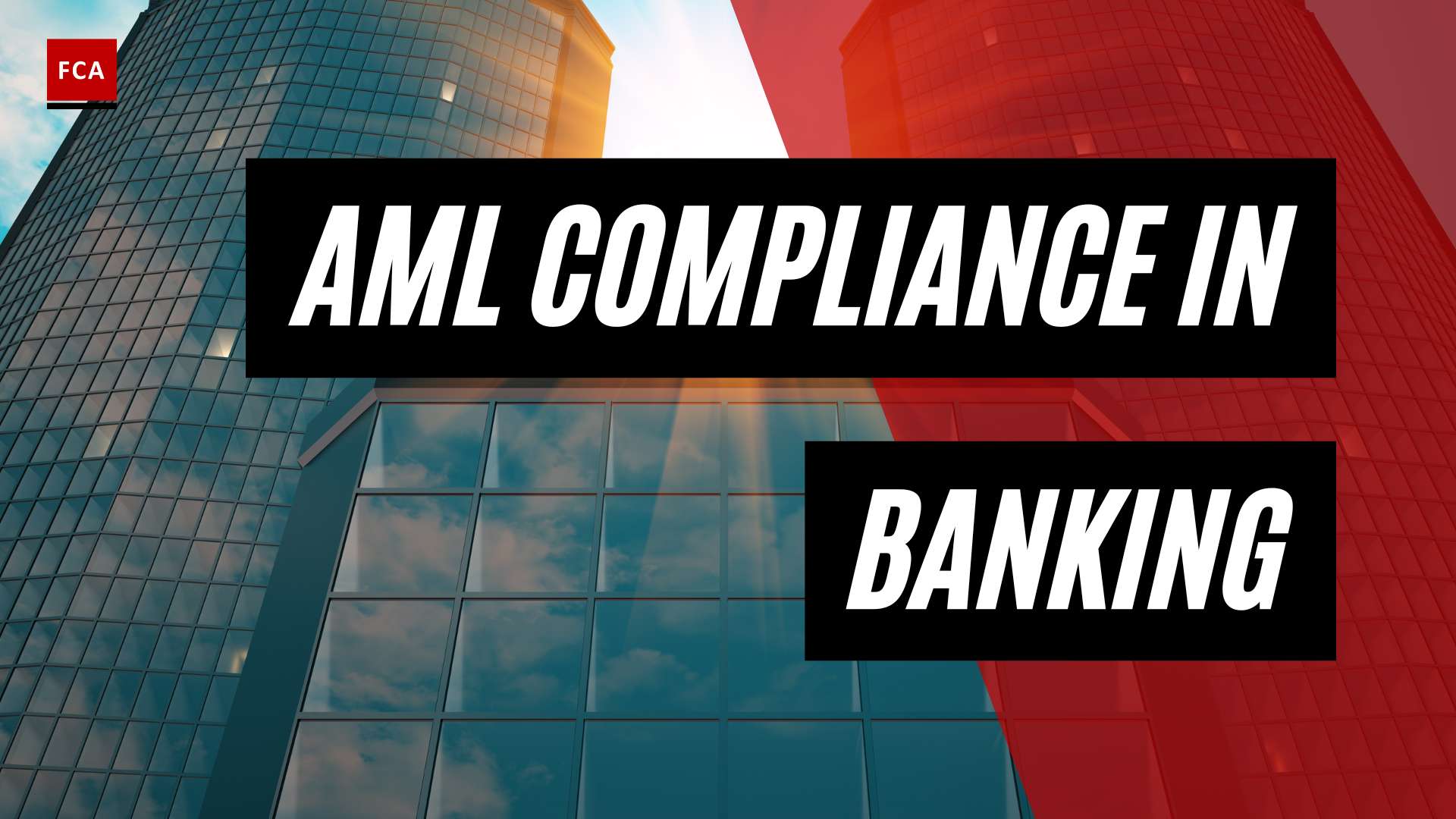Understanding Customer Due Diligence
In the world of Compliance and Anti-Money Laundering (AML), Customer Due Diligence (CDD) plays a pivotal role. A large portion of the resources allocated for AML programs is invested in CDD to verify the identities of clients. In this section, we will delve into the definition and purpose of CDD as well as its relationship to AML.
Definition and Purpose of CDD
Customer Due Diligence (CDD) refers to the process by which organizations, particularly financial institutions, collect and analyze information about their customers to verify their identities, asses their risk levels, and prevent illegal activities. The purpose of CDD is to ensure that financial institutions are not used as platforms for financial crimes, such as money laundering or terrorist financing.
CDD requirements were addressed in a document published by the Federal Register on May 11, 2016. The CDD Rule, which amends Bank Secrecy Act regulations, is aimed at improving financial transparency and preventing criminals and terrorists from misusing companies to disguise their illicit activities and launder their ill-gotten gains.
For a more detailed understanding of the term, you can visit our page on the customer due diligence definition.
CDD and Anti-Money Laundering
CDD is a critical element of effective AML procedures. It helps financial institutions assess their customers’ risk profiles, understand their transactions, and identify any potential red flags that may suggest illicit activities.
The CDD Rule establishes four core requirements for covered financial institutions. These requirements include the need to establish and maintain written policies and procedures that are reasonably designed to comply with these requirements. One of these requirements is to identify and verify the identity of any individual who owns 25 percent or more of a legal entity, as well as individuals who control the legal entity.
By effectively implementing CDD requirements, financial institutions can better detect and prevent money laundering activities, thus playing a crucial role in the global fight against financial crime. For more information on how to implement these requirements, you can refer to our cdd procedures page.
Legal Framework for CDD
Understanding the legal framework surrounding Customer Due Diligence (CDD) is a critical aspect of compliance in anti-money laundering and counter-financial terrorism efforts. This section will discuss the CDD Rule and its implications, as well as the application of CDD in different jurisdictions.
The CDD Rule and Its Implications
The Customer Due Diligence (CDD) Rule, as addressed by the Federal Register on May 11, 2016, plays a significant role in enhancing financial transparency and curtailing illicit activities. This rule, which amends the Bank Secrecy Act regulations, is designed to prevent criminals and terrorists from using companies to disguise their illicit activities and launder their gains. It applies to U.S. banks, mutual funds, brokers or dealers in securities, futures commission merchants, and introducing brokers in commodities.
Under the CDD rule, covered financial institutions are required to identify and verify the identity of any individual who owns 25 percent or more of a legal entity, as well as individuals who control the legal entity.
The rule establishes four core CDD requirements for covered financial institutions:
- Customer Identification and Verification
- Beneficial Ownership Identification and Verification
- Understanding the Nature and Purpose of Customer Relationships
- Ongoing Monitoring for Reporting Suspicious Transactions and, on a risk-basis, Maintaining and Updating Customer Information
Each institution is required to establish and maintain written policies and procedures designed to ensure compliance with these requirements (FINCEN).
Application of CDD in Different Jurisdictions
While the CDD Rule provides a framework for U.S. institutions, CDD requirements vary across different jurisdictions. Globally, financial institutions and designated non-financial businesses and professions (DNFBPs) are generally mandated to comply with CDD requirements to mitigate risks related to money laundering and terrorist financing.
Despite these variations, the underlying goal remains the same: to ensure that financial institutions have adequate controls and procedures in place to mitigate their exposure to money laundering and terrorist financing risks.
For more information on how to implement and adhere to CDD requirements, our cdd procedures and cdd checklist provide detailed guides. Furthermore, professionals can bolster their understanding and skills through cdd training, ensuring they are adept at navigating the complex landscape of anti-money laundering compliance.
Implementing CDD Requirements
The implementation of Customer Due Diligence (CDD) requirements is a fundamental part of anti-money laundering (AML) compliance programs. The process involves a series of steps designed to help institutions understand their customers better, assess potential risks, and ensure compliance with applicable regulations.
Establishing Customer Profiles
The first step in implementing the CDD requirements is to establish customer profiles. This involves identifying the customer and verifying their identity using reliable sources. The customer’s profile should include necessary details such as name, address, date of birth, and occupation. For corporate clients, the information may include the business’s nature, ownership structure, and operating location.
Institutions should also identify and verify the identity of beneficial owners. A beneficial owner is a person who ultimately owns or controls the customer or on whose behalf the transaction is conducted. Identifying the beneficial owner is an essential part of the CDD process and serves to prevent misuse of legal entities for money laundering or terrorist financing.
The establishment of customer profiles also involves understanding the purpose and intended nature of the business relationship. This includes understanding the customer’s business or occupation, the expected pattern and level of transactions, and the source of funds. The information collected forms the basis for the customer risk profile and assists in monitoring the customer’s transactions for any unusual or suspicious activities.
For a detailed guide on establishing customer profiles, please refer to our cdd checklist.
Risk-Based Approach to CDD
CDD requirements call for a risk-based approach. This means that the measures taken to manage and mitigate risks should be commensurate with the identified risks. This approach allows institutions to allocate their resources efficiently in areas where the risks are higher.
The risk-based approach involves assessing the risk associated with each customer or category of customers. This assessment should consider various factors such as the customer’s country of residence, the nature of the business relationship, the type and volume of transactions, and the delivery channels used.
Based on the risk assessment, customers are typically classified into low, medium, or high-risk categories. Enhanced Due Diligence (EDD) measures should be applied for high-risk customers, and Simplified Due Diligence (SDD) measures may be applied for low-risk customers.
Institutions should have clear procedures for managing and mitigating the identified risks. This may involve additional data collection, enhanced monitoring, or other appropriate measures. The effectiveness of the risk-based approach should be reviewed periodically and adjusted as necessary.
For more information on the risk-based approach to CDD, please refer to our cdd guidelines.
Implementing robust CDD procedures is crucial for managing the risks associated with money laundering and terrorist financing. Effective CDD practices not only assist institutions in meeting their legal obligations but also contribute to the integrity and stability of the financial system as a whole (FATF).
Consequences of Non-Compliance
Failing to meet the CDD requirements can result in severe consequences. These consequences can impact institutions on multiple levels, including financial, legal, and reputational fronts.
Financial and Legal Impact
Failure to comply with CDD requirements can result in significant financial penalties imposed by regulators and authorities (Financial Crime Academy). These penalties can involve hefty fines that have the potential to destabilize an organization’s financial health.
Moreover, the consequences of non-compliance extend beyond financial penalties and can include legal action, sanctions, and business disruptions. This can lead to an increased burden on the organization’s resources and operational capacity. The severity of the consequences further escalates when the lack of proper Customer Due Diligence (CDD) procedures exposes financial institutions to higher risks of money laundering, terrorist financing, and fraud activities.
Reputational Risks
Non-compliance with CDD requirements can lead to substantial reputational damage for the institution. The reputation of a financial institution is one of its most valuable assets, and any damage to this can have far-reaching consequences. A damaged reputation can result in the loss of customer trust, which can subsequently lead to a decrease in business and profitability.
Further, the public disclosure of non-compliance can deter potential customers and partners, thereby limiting the growth opportunities for the institution. In severe cases, organizations failing to meet CDD requirements can face the imprisonment of key executives, further tarnishing the institution’s image.
In the face of these potential consequences, it’s evident that compliance with CDD requirements is not just a legal obligation but a critical aspect of risk management for any financial institution. To ensure compliance, institutions should invest in comprehensive CDD training for their staff, develop robust CDD procedures, and continually review and update their CDD policy in line with evolving regulations.
Types and Levels of CDD
Understanding the various types and levels of Customer Due Diligence (CDD) is key to implementing effective cdd procedures and ensuring compliance with cdd regulations. CDD encompasses different levels, including Standard, Simplified, Enhanced, Ongoing, and Delayed CDD.
Standard, Simplified, and Enhanced CDD
Standard CDD is typically applied to most customers as part of the general customer due diligence process. It involves gathering essential information about the customer to ascertain their identity and assess their risk level.
For low-risk customers, Simplified CDD is used. This is a less stringent process, reflecting the lower risk associated with these types of customers. However, it’s important to remember that even low-risk customers should be monitored for any changes in their risk profile.
On the other hand, Enhanced CDD is employed for higher-risk customers. This involves a more thorough investigation into the customer’s background and activities. It may include additional checks on the customer’s source of wealth or more frequent transaction monitoring.
| CDD Level | Description |
|---|---|
| Standard | Typically applied to most customers; involves basic identity verification and risk assessment. |
| Simplified | Used for low-risk customers; less stringent process. |
| Enhanced | Employed for higher-risk customers; involves detailed investigation and frequent monitoring. |
Figures courtesy FileInvite
Ongoing and Delayed CDD
Aside from the initial CDD process, there is also Ongoing CDD, which involves continuous monitoring of customer relationships. This ensures any changes in the customer’s risk profile are promptly detected and addressed.
Delayed CDD allows services to commence before all CDD requirements are fulfilled, with the condition that failure to meet requirements will result in immediate service termination and reporting to relevant authorities. This approach may be used in certain circumstances, but it carries a high level of risk and should be used sparingly.
| CDD Level | Description |
|---|---|
| Ongoing | Involves continuous monitoring of customer relationships to detect changes in risk profiles. |
| Delayed | Allows services to commence before all CDD requirements are met, under the condition that failure will result in service termination and reporting. |
Figures courtesy FileInvite
By understanding the different types and levels of CDD, compliance professionals can ensure they are effectively meeting their cdd requirements. Adequate cdd training and clear cdd documentation are key to successfully implementing these procedures.
Technological Innovations in CDD
As the world continues to embrace digital transformation, the realm of Customer Due Diligence (CDD) is no exception. Technology has emerged as a transformative force in streamlining CDD, Know Your Customer (KYC), and Anti-Money Laundering (AML) processes. This section discusses the role of technology, specifically focusing on automation, analytics, and blockchain, in enhancing CDD processes.
Automation in CDD Processes
In response to the perceived inefficiency of CDD, KYC, and AML processes, digital solutions, such as cloud-based document collection platforms, have the potential to automate many manual steps in the due diligence process. Advanced analytics and machine learning (ML) algorithms can quickly flag suspicious activities, enhancing the effectiveness of CDD practices.
Regulatory bodies, such as the Financial Action Task Force (FATF) and local regulators, provide guidance on CDD requirements that help businesses comply with anti-money laundering (AML) and KYC regulations. Automation can assist in implementing these requirements more efficiently. For instance, automated risk assessment tools can assist in establishing customer profiles and determining the level of due diligence required, as outlined in the CDD guidelines.
Role of Analytics and Blockchain
In addition to automation, the integration of advanced analytics and blockchain technology can significantly improve the reliability and efficiency of CDD processes. Analytics, powered by machine learning, can help identify patterns and anomalies in customer behavior, aiding in the early detection of potential financial crimes.
Blockchain technology, on the other hand, provides an immutable, transparent record of customer data and transactions. This transparency can not only enhance the trust and confidence in the process but also aid in regulatory reporting and compliance audits.
The use of these technologies increases process efficiency and accuracy, reducing false positives and false negatives, which are common challenges in traditional CDD processes.
In the context of new technologies, such as RegTech and SupTech, CDD requirements are evolving to incorporate innovative solutions for customer due diligence, risk assessment, and compliance monitoring for AML/CFT purposes (FATF).
By leveraging these technological advancements, businesses can not only ensure robust compliance with cdd requirements but also create a more efficient and transparent CDD process. This innovative approach can empower organizations in their compliance journey, transforming the way they manage customer due diligence.









